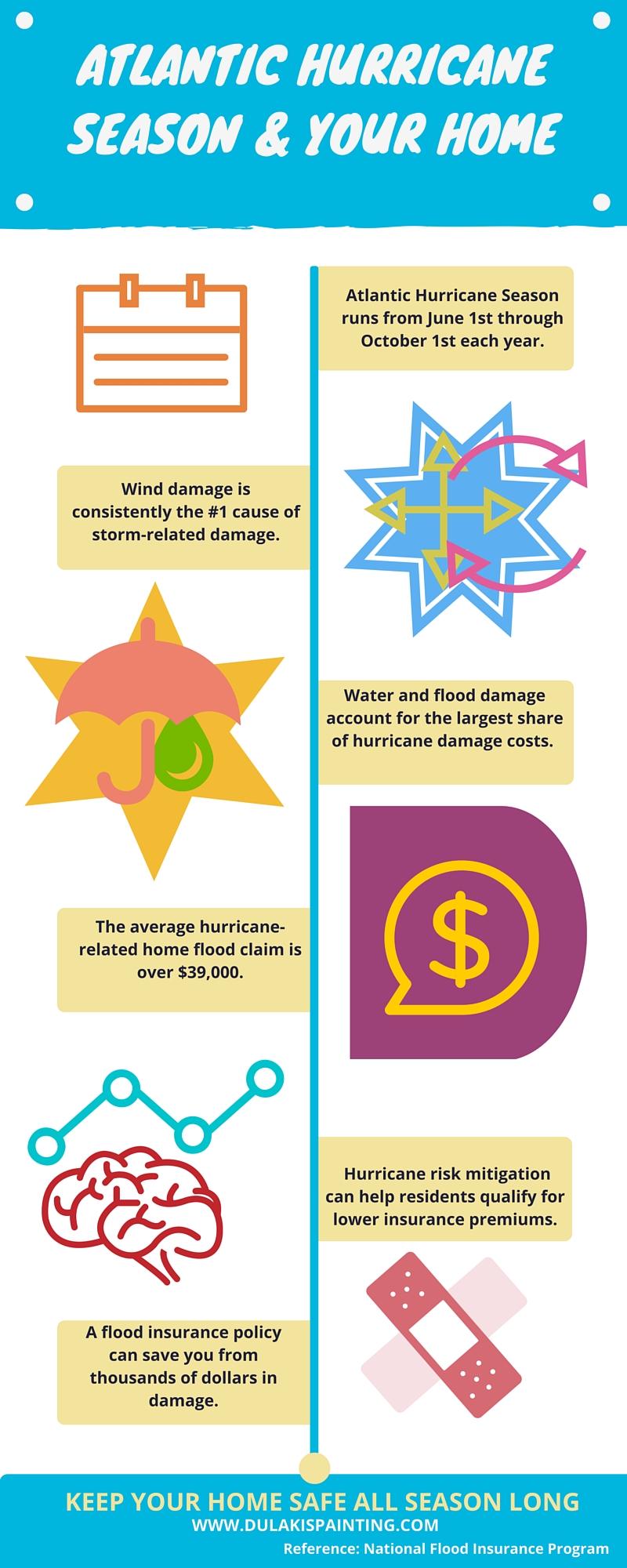Comprehending Seasonal Influences On Commercial Outside Paint: Crucial Knowledge For Success
Comprehending Seasonal Influences On Commercial Outside Paint: Crucial Knowledge For Success
Blog Article
Written By-Fox Browne
When you're planning an industrial external painting task, seasonal factors can make or damage your outcomes. You'll intend to think about how temperature and humidity impact paint application and drying out times. Choosing the best period can ensure your paint adheres correctly and lasts much longer. However which seasons are absolutely the most effective for this sort of work? Let's explore the crucial elements that can influence your task's success.
The Impact of Temperature Level on Paint Application
When you're planning a business external painting task, the temperature can dramatically affect how well the paint adheres and dries.
Ideally, you wish to repaint when temperature levels vary in between 50 ° F and 85 ° F. If it's also cool, the paint might not heal effectively, resulting in concerns like peeling or splitting.
On the other hand, if it's too warm, the paint can dry too rapidly, preventing correct adhesion and causing an unequal surface.
You ought to additionally consider the moment of day; morning or late afternoon offers cooler temperatures, which can be a lot more favorable.
Constantly inspect the maker's referrals for the certain paint you're using, as they typically offer assistance on the perfect temperature level range for ideal results.
Humidity and Its Effect on Drying Times
Temperature isn't the only ecological element that influences your commercial external painting task; humidity plays a significant role too. High humidity degrees can reduce drying times considerably, influencing the general high quality of your paint job.
When the air is saturated with wetness, the paint takes longer to heal, which can result in concerns like poor attachment and a greater risk of mold growth. If you're repainting on a particularly humid day, be prepared for extended delay times between layers.
concrete solutions tulsa to check regional climate condition and strategy appropriately. Ideally, aim for moisture degrees between 40% and 70% for ideal drying out.
Keeping these factors in mind guarantees your project remains on track and delivers a long-term finish.
Best Seasons for Commercial Outside Paint Projects
What's the very best time of year for your business outside paint tasks?
just click the next article and early loss are usually your best bets. Throughout these periods, temperatures are light, and humidity degrees are typically lower, creating suitable conditions for paint application and drying out.
Stay clear of summer's intense heat, which can cause paint to completely dry as well swiftly, causing inadequate attachment and finish. Likewise, winter months's chilly temperature levels can hinder proper drying and curing, risking the longevity of your paint task.
Go for days with temperatures in between 50 ° F and 85 ° F for optimum results. Bear in mind to examine the local weather report for rain, as wet problems can destroy your job.
Preparation around these elements ensures your painting project runs efficiently and lasts longer.
Final thought
Finally, preparing your business exterior paint tasks around seasonal considerations can make a considerable distinction in the outcome. By scheduling work throughout the excellent temperatures and moisture levels, you'll make sure much better attachment and drying times. Remember to watch on regional weather report and select the right time of year-- spring and early autumn are your best bets. Taking these steps will help you attain a resilient and expert surface that lasts.
